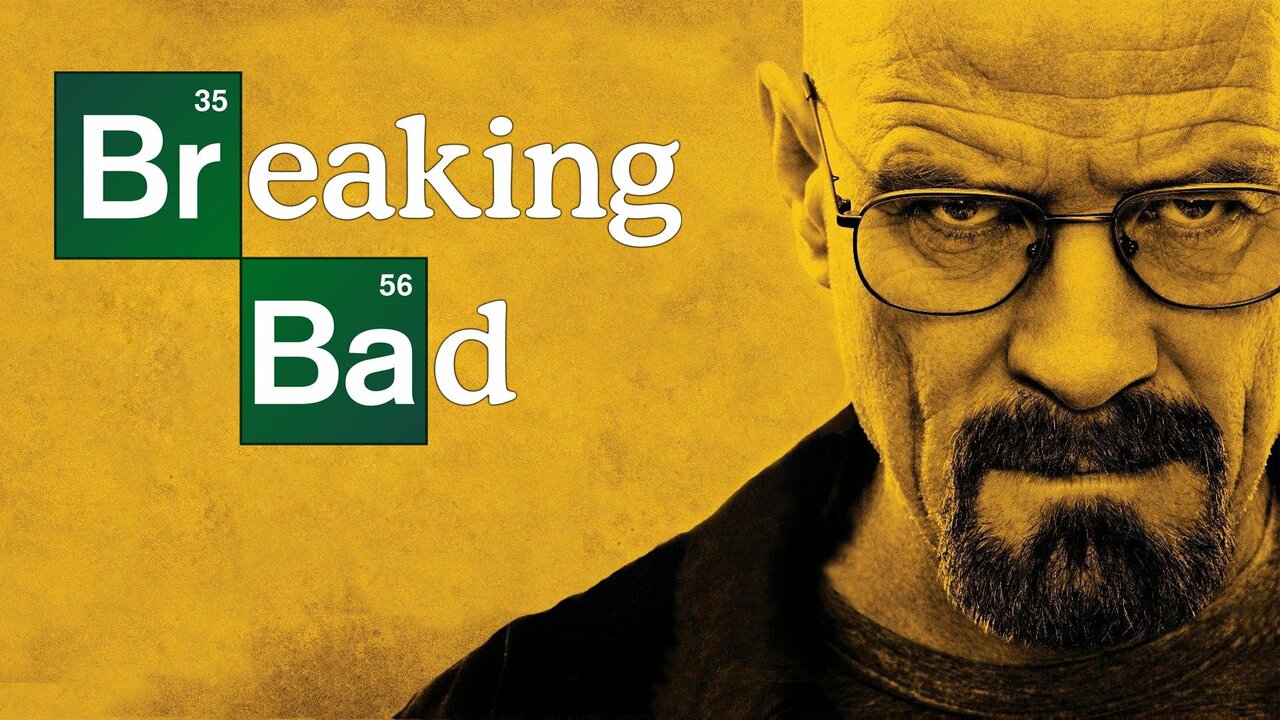Television has always had the power to inspire, and few series have done so with the intensity and academic ripple effect as “Breaking Bad”. At its core, the series is a gripping tale of a high school chemistry teacher turned methamphetamine manufacturer. But beyond its captivating narrative, “Breaking Bad” has unexpectedly impacted the world of chemistry education.
The ‘Breaking Bad Effect’ in Classrooms
From the moment Walter White, the show’s protagonist, set foot in his clandestine RV lab, chemistry teachers began noticing a shift. Suddenly, students were curious, engaged, and full of questions. This phenomenon, often called the ‘Breaking Bad Effect,’ has been both a blessing and a challenge for educators.
One might argue that any interest in science, even if sparked by a TV show, is a positive outcome. After all, the U.S. has been pushing for STEM (Science, Technology, Engineering, and Math) education for years. If a pop culture phenomenon can drive interest in chemistry, shouldn’t we embrace it? In this context, “Breaking Bad” did more to promote chemistry than any textbook ever could. It made chemistry cool.
However, the ‘Breaking Bad Effect‘ also meant that educators had to tread carefully. The show, while rooted in real science, took creative liberties for dramatic effect. Teachers found themselves debunking myths, clarifying misconceptions, and occasionally explaining why making meth is a terrible idea. This created a unique blend of pop culture and education, merging classrooms with TV lore. For an in-depth dive into the real science behind the show, check out this detailed exploration of the real science behind Breaking Bad.
Fact vs. Fiction: Addressing the Myths of “Breaking Bad”
“Breaking Bad”, while lauded for its attention to scientific detail, is a work of fiction. This posed a unique challenge for educators. Students came to class armed with knowledge from the show, albeit not always accurate. Teachers, in response, embraced this enthusiasm but were tasked with separating fact from fiction.
For instance, while the show accurately depicted specific chemical reactions and processes, other elements were pure Hollywood. The iconic blue meth, a staple of the series, is scientifically improbable. In reality, pure methamphetamine is colorless. This dramatized version of chemistry meant educators had to be both teachers and myth-busters.
However, in a twist, this challenge enhanced the learning process. Students were actively engaged, questioning what they saw on screen and seeking the truth. This curiosity-driven approach to learning is what educators dream of, and “Breaking Bad” delivered it, wrapped in a layer of drama and suspense.
For fans looking to explore the real-life counterparts of their favorite characters, a deep dive into the Breaking Bad cast.
Inspiring a Generation of Chemists
Beyond the myths and the Hollywood razzmatazz, “Breaking Bad” has left a lasting legacy in the world of education. Many students, inspired by the show, have chosen to pursue chemistry at higher levels of education. Walter White, with all his flaws, became an unlikely ambassador for the subject.
While few would advocate for emulating Walter’s life choices, his character’s deep understanding and passion for chemistry were infectious. Walter’s transformation from a mild-mannered teacher to a meth kingpin, driven by his unparalleled chemistry knowledge, showcased the subject’s power and potential.
Educators have reported a surge in enrollment in chemistry courses after the show’s popularity. College professors have even incorporated elements from the series into their curriculum, bridging the gap between entertainment and education.
Conclusion: The Lasting Legacy of “Breaking Bad” on Education
The true genius of “Breaking Bad” lies in its storytelling and ability to inspire. By making chemistry central to its narrative, the series inadvertently became a champion for science education. Teachers and students found common ground in Walter White, using it as a springboard for deeper exploration and understanding.
As we reflect on the show’s impact, it’s essential to acknowledge its dual role: a source of entertainment and an unlikely educational tool. “Breaking Bad” is a testament to the power of storytelling and its potential to shape and influence academic pursuits.
For those intrigued by the broader implications of the show, especially its portrayal of drug culture, this piece on the role of drugs in “Breaking Bad” offers a deeper dive.
In a world where education and entertainment often exist in silos, “Breaking Bad” shattered the barriers, leaving behind a legacy that educators and students will cherish for years to come.









